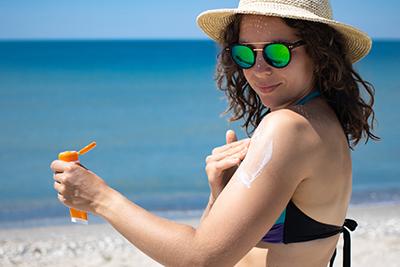
-
Skin Cancer Prevention Tips
posted: Apr. 05, 2023.

-
Eczema Causes, Triggers & Symptoms
posted: Mar. 22, 2023.
Eczema is a chronic skin condition that causes red, itchy, and inflamed patches of skin. It can result from genetic and environmental factors, such as allergens or stress. Dr. Vernon Read more -
Understanding Common Skin Conditions and How to Manage Them
posted: Mar. 09, 2023.
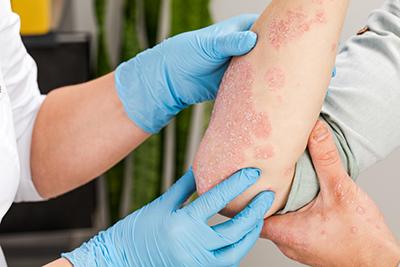
-
How to Treat and Prevent Eczema Flare-Ups
posted: Feb. 06, 2023.
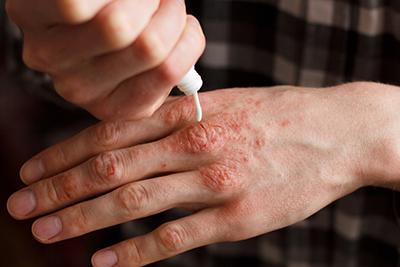
-
Treating Your Psoriasis Symptoms
posted: Jan. 25, 2023.
According to a 2021 study published in the Journal of the American Medical Association, more than 7,000,000 people over 20 years old have psoriasis. Currently, there is no cure for Read more -
Non-Invasive Anti-Aging Treatments
posted: Jan. 09, 2023.
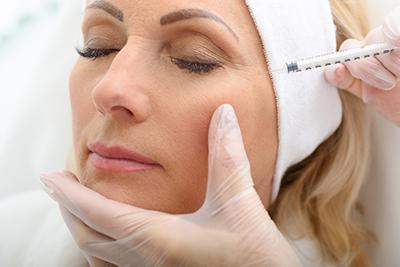
-
Treatment Options for Acne
posted: Dec. 07, 2022.

-
What to Expect After Skin Cancer Treatment
posted: Nov. 09, 2022.
Skin cancer removal can be a nerve-wracking experience. However, taking some time to research about what to expect post-op can ease your mind. Dr. Vernon Mackey of Advanced Desert Dermatology, Read more -
Are You Keeping a Good Skincare Routine?
posted: Nov. 07, 2022.

-
Skin Care Tips for the Fall
posted: Oct. 01, 2022.

-
Dealing With Cracking, Dry Skin
posted: Sep. 01, 2022.
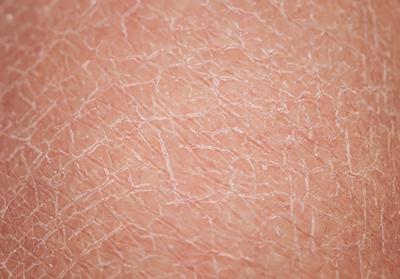
-
Common Causes of Acne
posted: Aug. 24, 2022.
If you are suffering from acne in Peoria, AZ, what you need is a treatment to get your skin cleared up. Dr. Vernon Mackey of Advanced Desert Dermatology has a full-service dermatology practice with Read more -
When to See a Dermatologist
posted: Aug. 04, 2022.

-
Managing Your Eczema
posted: Jul. 26, 2022.
If you’ve dealt with eczema before, you know that it can be difficult to deal with if it’s not being properly managed. Your skin might feel dry, itchy, and inflamed, Read more -
What Types of Treatments Are There for Acne?
posted: Jul. 01, 2022.
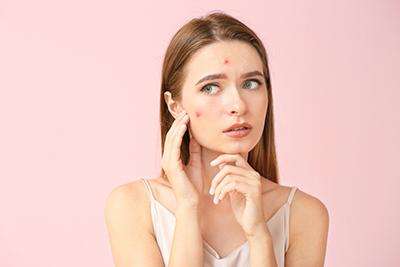
-
Protect Your Skin this Summer
posted: Jun. 07, 2022.

Location
Find us on the map
Hours of Operation
Our Regular Schedule
Hours of Operation
Monday:
9:00 am-5:00 pm
Tuesday:
9:00 am-5:00 pm
Wednesday:
9:00 am-5:00 pm
Thursday:
9:00 am-5:00 pm
Friday:
9:00 am-5:00 pm
Saturday:
Closed
Sunday:
Closed
Hours of Operation
Monday:
9:00 am-5:00 pm
Tuesday:
9:00 am-5:00 pm
Wednesday:
9:00 am-5:00 pm
Thursday:
9:00 am-5:00 pm
Friday:
9:00 am-5:00 pm
Saturday:
Closed
Sunday:
Closed
